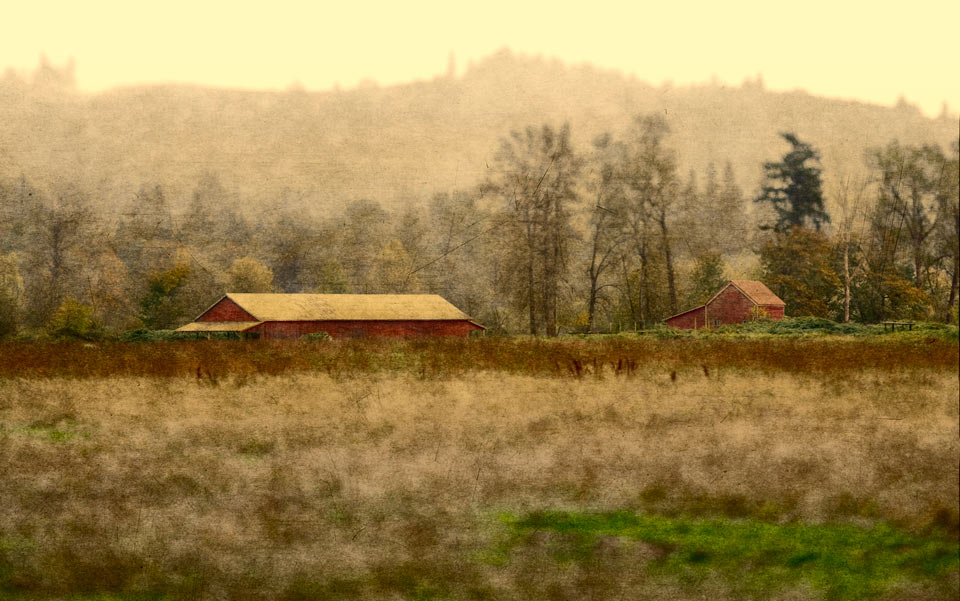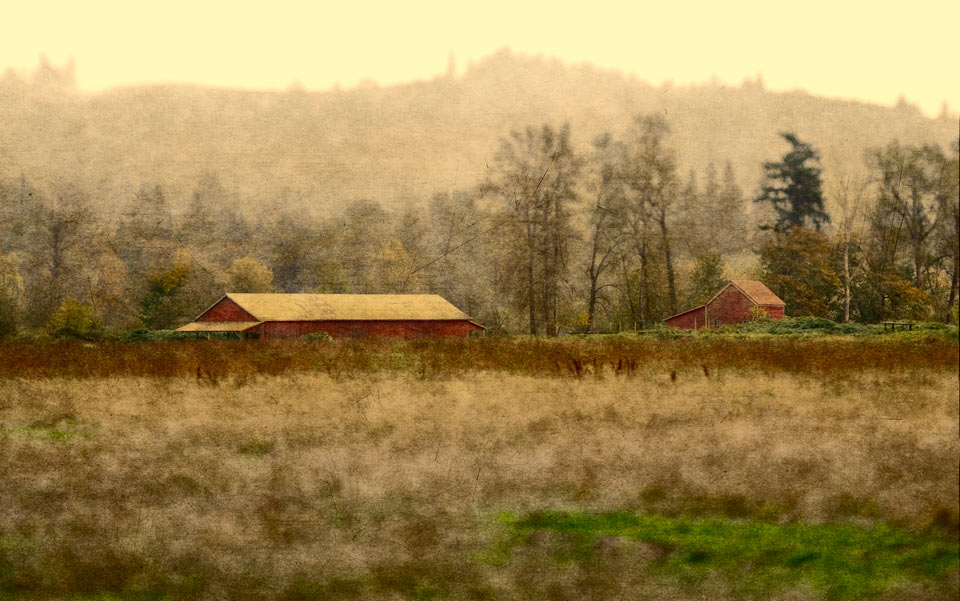
The transition from hunter-gatherer to farmer has always fascinated me. The ability to plant, cultivate and harvest crops stands alongside the emergence of self-awareness, control of fire, the wheel, and the development of mathematics and written language as one of humanity’s transformational events. We became something different once we began to farm.
I have found something like that taking place in me. For a variety of reasons – partly financial, partly intellectual – I have approached my land with tools that, for the most part, would have been available in 1014: scythes, sickles and mattocks recognisable from paintings and tapestries of 11th-century farms. How long would I last if thrust back by time machine or a collapse of the sort popular in apocalypse porn?
Calling my 35 acres a farm is misleading, though not so misleading as calling myself a farmer, something I never do. My neighbours are real farmers: they make their living through agriculture. Their fields and pastures are large and orderly, cultivated and fertilised, tended by workers and machines. My fields, tended only by me, are disorderly, improvised, often overgrown. Yet without saying so aloud, I have, over the past couple of years, come to think of myself more and more constantly as a farmer; as a sort of farmer anyway. An 11th-century (or so) sort of farmer, actually, although I am well aware of how little I would have in common with the real thing, and how poorly my skills would prepare me to live in that time.
I arrived in the 11th century through circumstances in my life and career. Purchased in the mid-1990s as a weekend and summer home, a getaway, part of the farm’s attraction was the old barn, already half-converted into living quarters. The downstairs had electricity, running water from a good well, a water heater, a tub and a toilet, a septic system. There was a range in the kitchen. The place had a phone line, which meant that we had dial-up internet (virtually the only option at the time). The nearest town, Rocky Mount, with just over 4,000 people, was 15 miles away. On clear nights with the lights turned low, the stars came out nearly as brilliantly as they would have a thousand years before.
Continue reading How I learnt to survive like an 11th-century farmer By

Leave a Reply